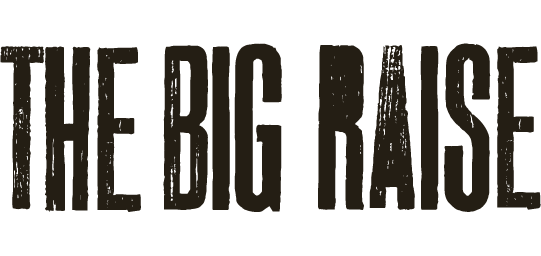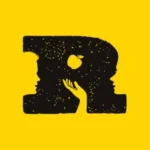The most important thing in permaculture is to design your space or project in advance. Spend 12 months watching your land. Spend two years designing your project. This is unlikely to be time wasted. The more effort you put into the design, the more iterations of your design you do, the less time you will spend making expensive, time-consuming mistakes further down the road.
In his 1988 classic, Permaculture: A Designer’s Manual, Bill Mollison said permaculture is the conscious design and maintenance of agriculturally productive ecosystems which have the diversity, stability, and resilience of natural ecosystems. It is the harmonious integration of landscape and people providing their food, energy, shelter, and other material and non-material needs in a sustainable way. Without permanent agriculture, Bill said, there is no possibility of a stable social order.
Bill and his student and later colleague, David Holmgren, created the word permaculture by fusing the words permanent and agriculture, but it has come to mean something much more universal than just a toolkit for low impact gardening. We now think of permaculture as meaning permanent culture because it has applications for everything we do.
Permaculture design is a system of assembling conceptual, material, and strategic components in a pattern which functions to benefit life in all its forms. The philosophy behind permaculture is one of working with, rather than against, nature; of protracted and thoughtful observation rather than protracted and thoughtless action; of looking at systems in all their functions rather than asking only one yield of them; and of allowing systems to demonstrate their own evolutions.
Aranya’s Permaculture Design – a step by step guide is a practical and portable companion to other books on the subject. While it includes the core permaculture ethics, principles and philosophies, it places them directly into the context of a design process. It provides clarity about where different tools, strategies and techniques can be most effectively applied in going from where you are now to where you’d like to be.






